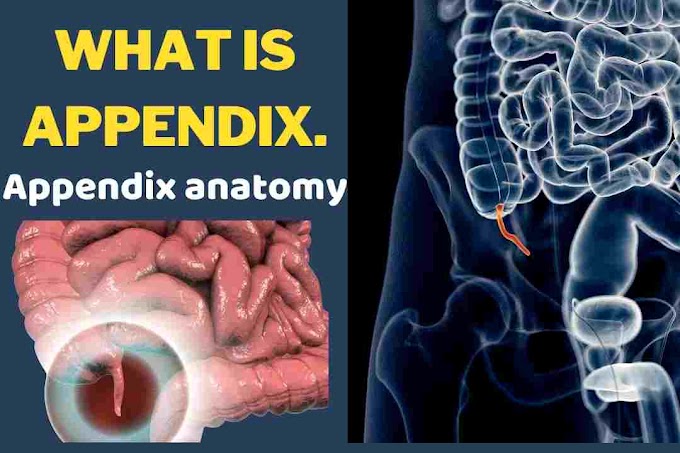 |
The Important Symptoms
of covid-19 below
Before proceeding,
please note that this general overview is compiled for initial self-assessment
only and may vary for each individual.
If you're not
feeling well, you should immediately consult a medical practitioner to have an
accurate diagnosis and proper treatment of COVID-19.
The typical daily
symptoms are concluded from the study of 138 patients at Zhongnan Hospital of
Wuhan University and another study involving 135 patients from Jinyintan
Hospital and 56 patients from Wuhan Pulmonary Hospital.
These symptoms are
broken down into:
DAY 1 to DAY 2
The beginning
symptoms are similar to the common cold with a mild sore throat and neither
having a fever nor feeling tired.
Patients can still
consume food and drink as usual.
DAY 3
The patient's
throats start to feel a bit painful. Body temperature reads at around 36.5掳 Celsius.
Although it's uncommon, other symptoms like mild nausea, vomiting
or mild diarrhea are possible to set in.
DAY 4
Throat pain becomes more serious. Other symptoms like feeling weak
and joint pain start to manifest. The patient may show a temperature reading
between 36.5掳 to 37掳 Celsius.
DAY 5 to DAY 6
Mild fever starts. The patients show a temperature reading above
37.2掳 Celsius. The second
most common symptom, dry cough, also appears. Dyspnea or breathing difficulty
may occur occasionally.
Most patients in this stage are easily feeling tired. Other
symptoms remain about the same. These four symptoms
are among the top five key indications of COVID-19 according to the
final report of the initial outbreak release by the joint mission of China and
WHO.
DAY 7
The patients that haven't start recovering by day 7 get more
serious coughs and breathing difficulty. Fever can get higher up to 38掳 Celsius. Patients may develop further
headache and body pain or worsening diarrhea if there鈥檚 any. Many patients
are admitted to the hospital at this stage.
DAY 8 to DAY 9
On the 8th day, the symptoms are likely to be worsened for the
patient who has coexisting medical conditions. Severe shortness of breath
becomes more frequent. Temperature reading goes well above 38掳. In one
of the studies, day 9 is the average time when Sepsis starts to affect 40% of
the patients.
DAY 10 to DAY 11
Doctors are ordering imaging tests like chest x-ray to capture the
severity of respiratory distress in patients. Patients are having loss of
appetite and may be facing abdominal pain. The condition also needs immediate
treatment in ICU.
DAY 12 to DAY 14
For the survivors, the symptoms can be well-managed at this point.
Fever tends to get better and breathing difficulties may start to cease on day
13. But Some patients may still be affected by mild cough even after hospital
discharge.
DAY 15 to DAY 16
Day 15 is the opposite condition for the rest of the minority
patients. The fragile group must prepare for the possibility of acute cardiac
injury or kidney injury.
DAY 17 to DAY 19
COVID-19 fatality cases happen at around day 18. Before the time,
vulnerable patients may develop a secondary infection caused by a new pathogen
in the lower respiratory tract. The severe condition may then lead to blood
coagulation and ischemia.
DAY 20 to DAY 22
The surviving patients are recovered completely from the disease
and are discharged from the hospital.




0 Comments
Please donot enter any spam link in comment box!